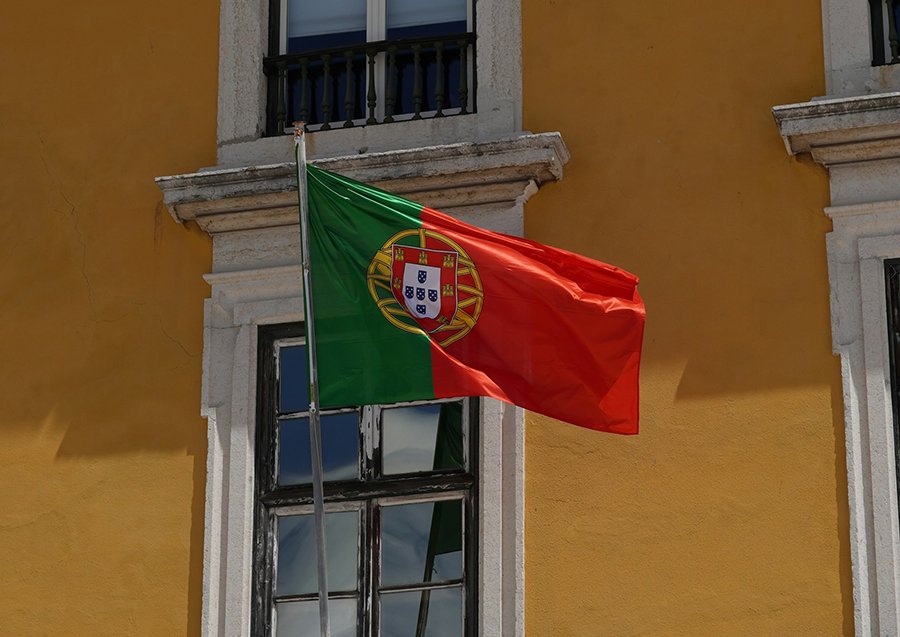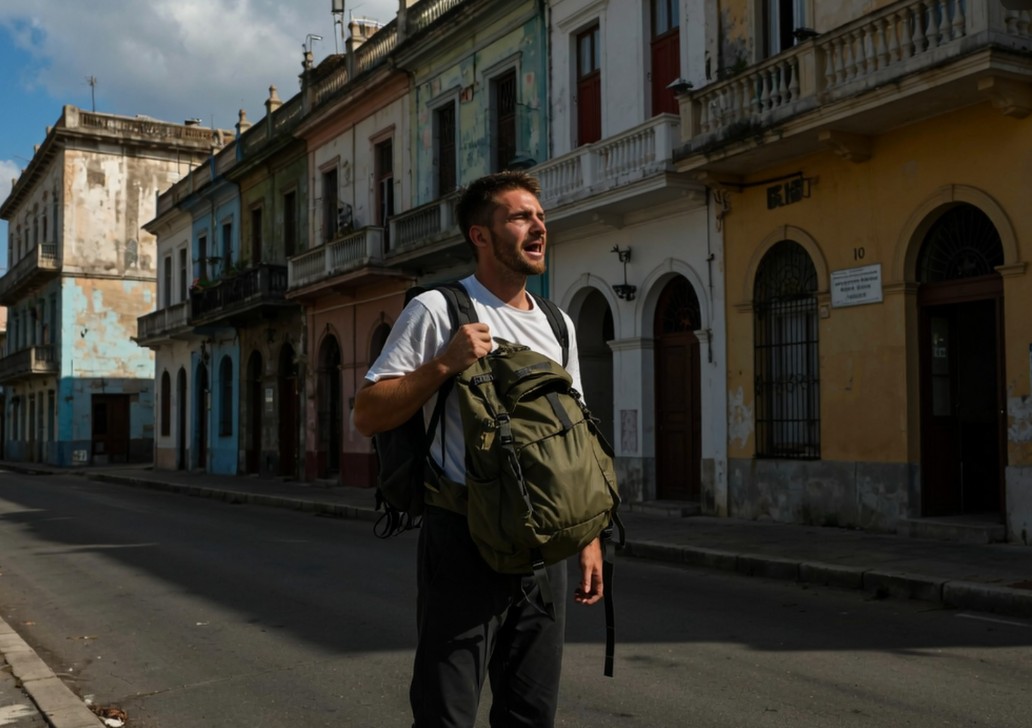читайте также
 Ten Years to a Passport: New Citizenship Rules in Portugal
Ten Years to a Passport: New Citizenship Rules in Portugal
 Top 25 World Economies 2025: Who Shapes Global Growth
Top 25 World Economies 2025: Who Shapes Global Growth
 “Season of Strict Rules”: How Cities Around the World Are Tightening Short-Term Rental Laws — And What It Means for Guests, Hosts, and Investors
“Season of Strict Rules”: How Cities Around the World Are Tightening Short-Term Rental Laws — And What It Means for Guests, Hosts, and Investors
 Turkey to Double the Tax Burden on Landlords
Turkey to Double the Tax Burden on Landlords
 Europe Calls — and Pickpockets Answer: Where Tourists Face the Greatest Risks in 2025 and How Not to Become a Victim
Europe Calls — and Pickpockets Answer: Where Tourists Face the Greatest Risks in 2025 and How Not to Become a Victim
 Thailand to Deport Russians and Crack Down on Visa Runners
Thailand to Deport Russians and Crack Down on Visa Runners
Europe’s Tourism Breaks Records: Over 3 Billion Overnight Stays in 2024 and 2.7% Growth — Sustainable Recovery and Bright Outlook

Europe’s tourism industry has officially moved beyond post-pandemic recovery and entered a new phase of growth. According to 2024 data, accommodation facilities across the EU recorded 3.021 billion overnight stays, marking a 2.7% increase compared to 2023. This figure surpasses pre-pandemic levels of 2019 and confirms the sector’s resilience. Strategic investments in infrastructure and marketing, expansion of flight networks, and strong intra-regional mobility have restored Europe’s position as one of the most attractive destinations in the world.
Key Figures of 2024
3.021 billion overnight stays in the EU (+2.7% year-on-year), surpassing pre-pandemic 2019 levels.
51.9% — domestic tourism share (≈ 1.57 billion stays).
48.1% — international travel (≈ 1.45 billion), of which 61.6% were intra-EU trips.
Growth leaders: Cyprus, Malta, Latvia, and Poland — double-digit increases (around +14%).
Top Mediterranean destinations (Italy, Greece, Spain) — steady growth of around +4%.
Local declines: Finland −0.7%, France −0.6%; Belgium and Sweden showed slight growth (~+0.3%).
Who Traveled: Domestic and Inbound Visitors
Domestic tourism accounted for the majority of demand in 2024 — 51.9% of all stays. This reflects the growing appeal of local getaways, from Europe’s lakes and mountains to cultural and regional routes.
International travelers made up 48.1% of total stays:
61.6% — visitors from other EU countries (e.g., Germans in Spain, Dutch in Belgium).
21.3% — tourists from neighboring non-EU countries (UK, Switzerland, etc.).
16.4% — long-haul travelers: North America ~7.5%, Asia ~4.9%, Central and South America ~2.3%, Oceania ~1.0%, Africa ~0.8%.
This mix of traveler origins enhances market resilience and diversifies tourism revenues.
Where They Stayed: Hotels Still Lead, Alternatives Growing
Accommodation choices remained diverse:
62.8% — hotels (convenience, service, infrastructure).
23.7% — short-term rentals (apartments, chalets): flexibility and local immersion.
13.5% — campsites and glamping: a fast-growing segment of eco-friendly, active tourism, from Croatia’s coast to France’s vineyards.
Growth Map: Leaders and Exceptions
Cyprus, Malta, Latvia, and Poland benefited from strong accessibility, event calendars, and targeted infrastructure and marketing investments, showing around +14% growth.
Italy, Greece, and Spain maintained a long tourist season and brand strength (+4% year-on-year).
Finland (−0.7%) may have been affected by weather and currency fluctuations impacting budget travelers.
France (−0.6%) saw a modest decline due to internal and external factors (operational volatility, geopolitics).
Belgium and Sweden remained stable (~+0.3%), without significant fluctuations.
Why Growth Will Continue
Strong intra-regional connectivity: Schengen mobility, low-cost airlines, new rail projects.
Seasonal diversification through event tourism (sports, concerts, festivals) and smarter travel flow management.
Ongoing investments in product development: renovations, green certifications, digital booking and navigation services.
A sustained trend toward eco-tourism and nature-based travel, including camping and hiking routes.
Challenges and Industry Response
The sector continues to face challenges such as overtourism in key destinations and environmental pressure. Active measures are already in place: promoting off-season travel, limiting access to over-visited sites, implementing eco-certifications, and developing secondary routes and “last-mile” regional infrastructure.
Conclusion
3.021 billion overnight stays and +2.7% year-on-year growth mark not just recovery but a new benchmark for European tourism. Strong domestic demand, returning long-haul markets, and a diverse accommodation structure lay the foundation for sustainable growth. With effective management of travel flows and a focus on sustainability, Europe is set to remain a top global destination through 2025 and 2026.
Подсказки: tourism, Europe, economy, travel, sustainability, statistics, Eurostat, recovery, hotels, eco-tourism





